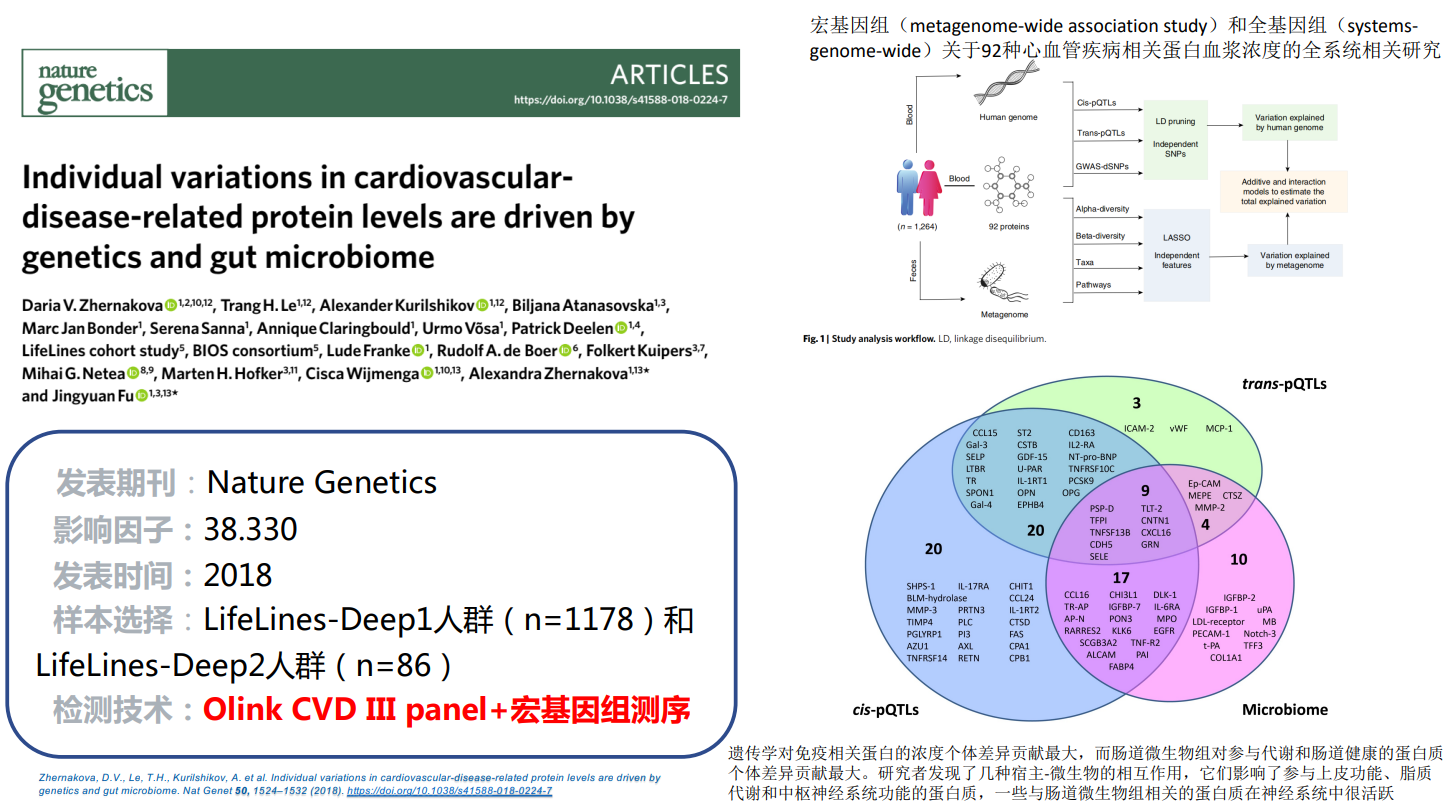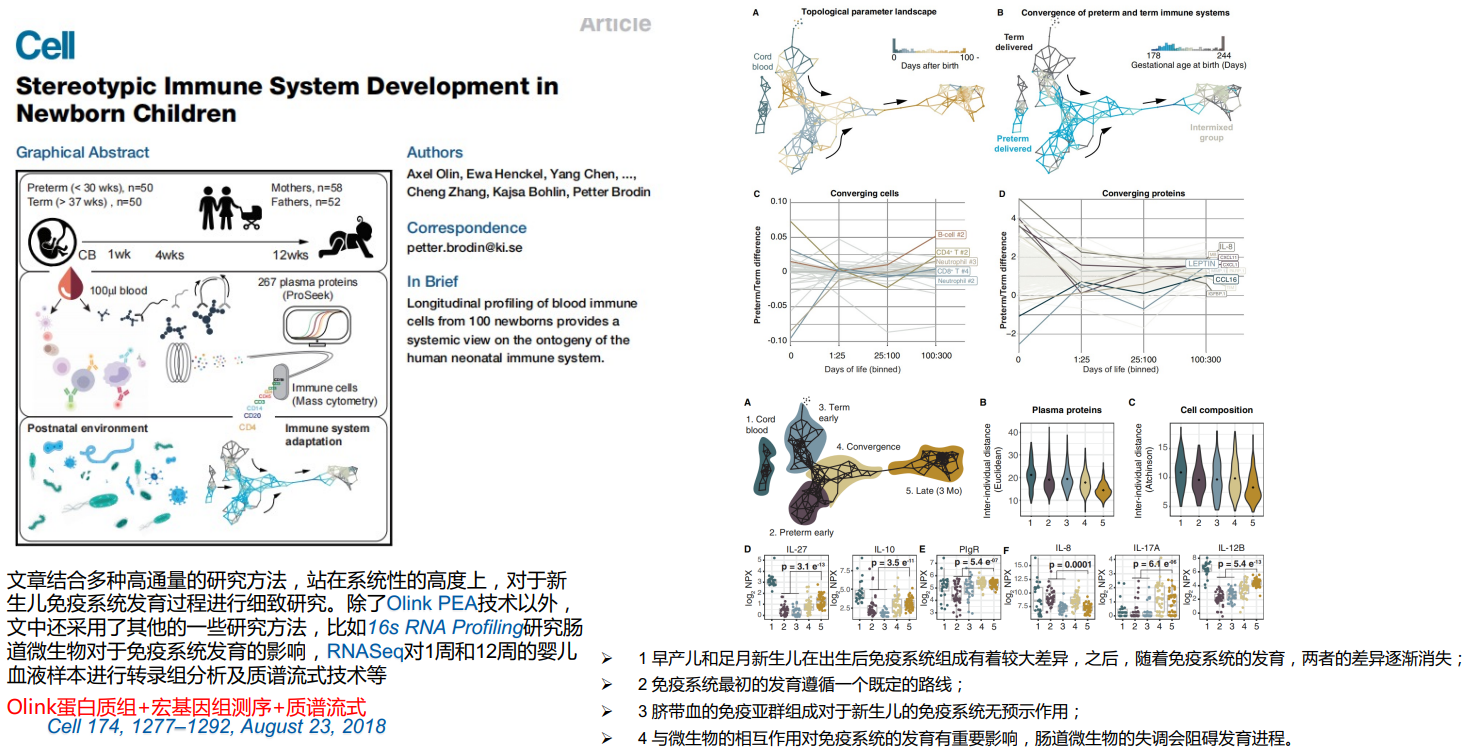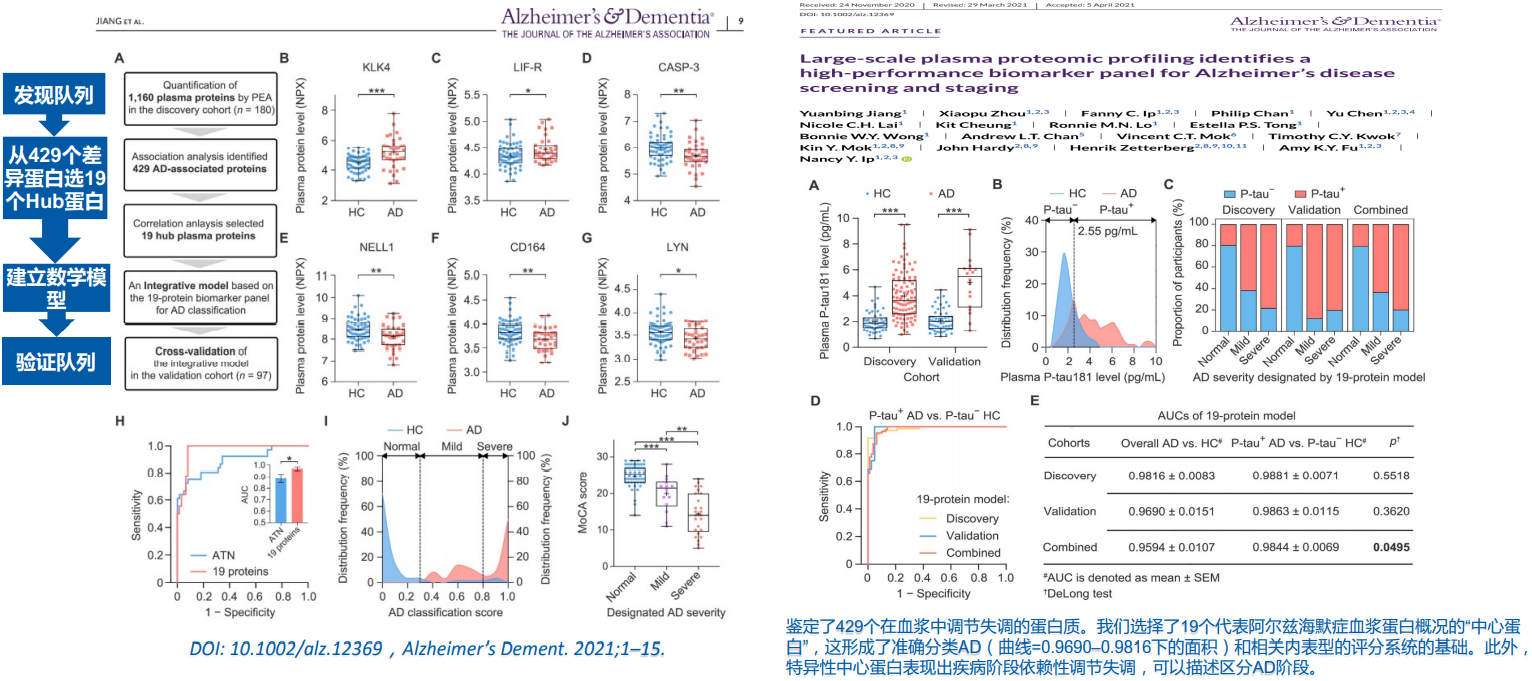
Proteomics is the study of proteins, which are the basic units of life that perform the functions of life. Compared to genomics, proteomics has a closer and more direct relationship with disease. This is because RNA expression levels are not highly correlated with protein expression levels, especially for low-abundance proteins. Additionally, 90% of drug targets and biomarkers used in clinical applications are proteins. Therefore, even though the development of nucleic acid levels has reached a fever pitch, the detection of proteomics is still very necessary.
IGEBio has launched the Olink targeted proteomics product, which can accurately detect body fluid samples, including low-abundance proteins.

Olink proteomics uses the proximity extension assay (PEA) technology, which combines the high specificity of antibody-based immunoassays and the high-throughput and high-sensitivity of genomics. It plays an important role in precision proteomics research and provides a new choice for multi-omics research. It has also been recommended by the Human Protein Atlas website as one of the three detection methods.

图1:THE HUMAN PROTEIN ATLAS/BLOOD PROTEIN
96 Panel series:
14 human panels (7 major diseases, 7 biological pathways) + 1 mouse panel
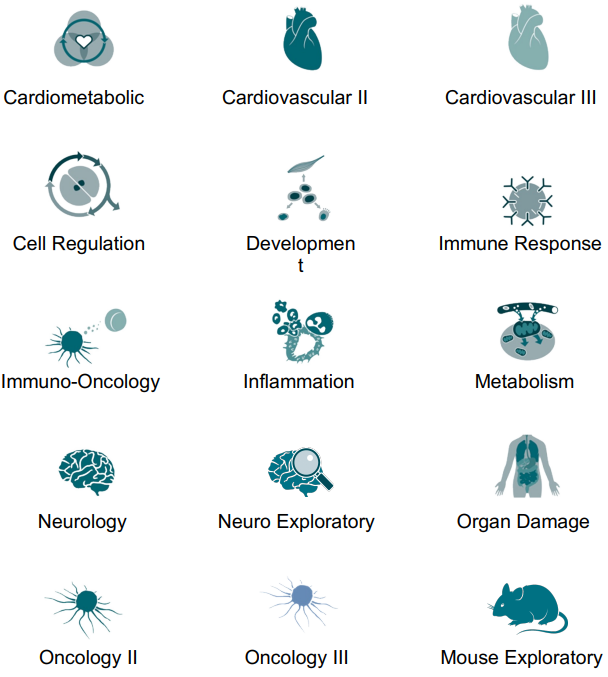
384~3072 panel series:
Explore 384 Cardiometabolic
Explore 384 Neurology
Explore 384 Inflammation
Explore 384 Oncology
Olink Explore 1536
Olink Explore 3072
Researchers can choose the corresponding panel according to their research direction and disease type to complete targeted proteomics detection.
48/96panel series(qPCR)

Explore series(NGS)

PEA overcomes the technical challenges in proteomics
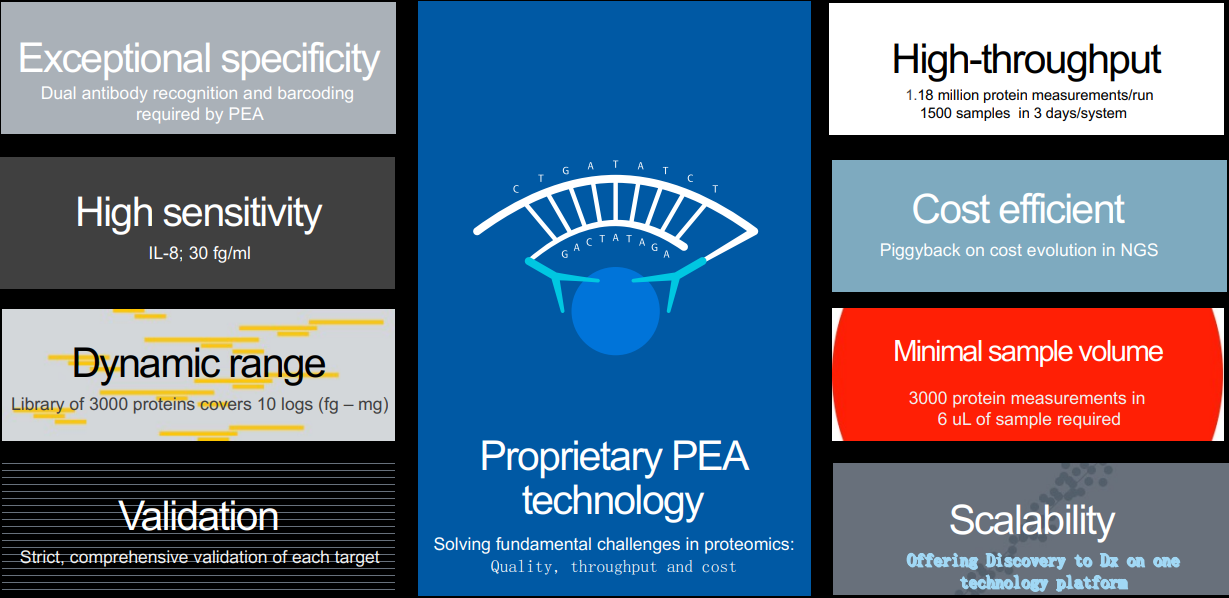
High specificity: Each target protein is recognized by two adjacent antibodies, and each protein is also labeled with a barcode.
High throughput: Rapidly detect 48-3072 target protein biomarkers in batch samples.
High sensitivity and wide detection range: The detection sensitivity can cover 10 logs, down to the fg/ml level, and cover proteins of different abundances, especially low-abundance inflammatory factors or cytokines.
More economical: A large number of target proteins can be equipped with the NGS platform to complete the detection economically and efficiently.
Low sample volume: Each sample requires only 1-6 ul, and 6 ul of sample can detect 3000 proteins.
Targeted: All detected proteins are biomarkers and cover 100% of signaling pathways (supported by top institutions and experts worldwide).
Multi-omics: It can be connected to NGS and qPCR platforms to produce data, and the flexible data model can be combined with multi-omics joint analysis.
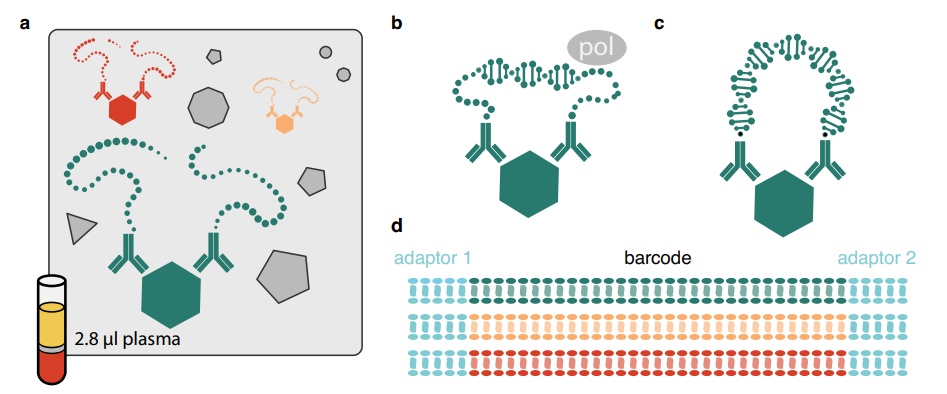
图2 Olink PEA 技术原理
截至2022年2月份全球累计的发文情况
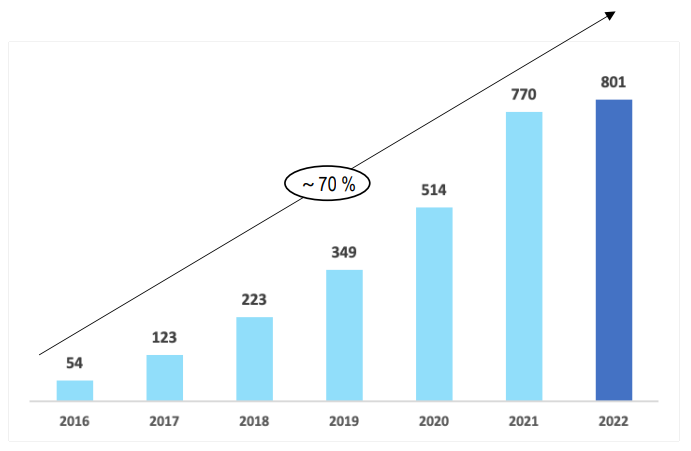
部分应用该技术的文章





Protein types
Secreted proteins
Organ-specific proteins
Inflammatory factors
Cytokines
Drug target marker screening
New proteins discovered by mass spectrometry
Sample types
Serum
Various plasmas
Tissue lysates
Cell culture medium
Cerebrospinal fluid
Urine
Cell lysates
Microbubbles/exosomes
Tissue fluid
Dialysis fluid
Fine-needle biopsy tissue samples
Dried blood spots
Synovial fluid
Saliva
Eye aqueous humor (human)
Targeted proteomics research in the scientific research field
Development of liquid biopsy diagnostic markers such as body fluids/exosomes
Discovery of biomarkers in the drug development process
Clinical basic research
Medical transformation
Multi-omics joint application development

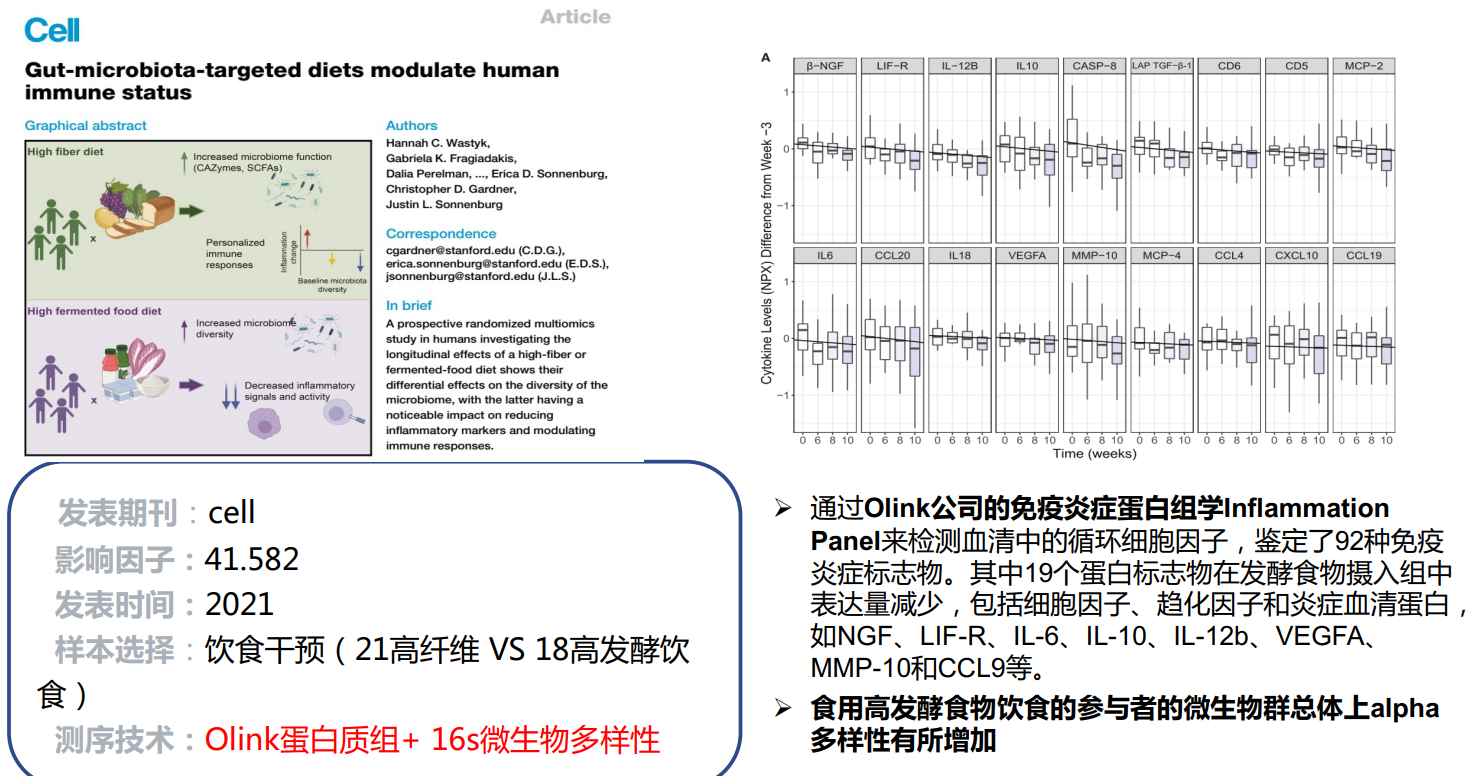
Case 2

